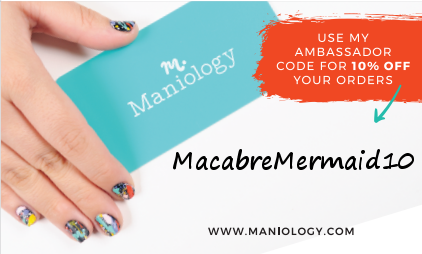Now, to get started.
First I choose the plates I want to use this time. I will flip through my books and pull out all the plates that match the theme or idea I have in mind currently, and lay them out to peruse.
I also pull out the colors of nail polish that I want to use for my base nail color and my coordinating stamping colors.
Get out supplies. A stamper, a scraper, acetone, cotton balls, something to hold the cotton balls with.
Because I like to make maximum use of my cotton, I tend to pull the ball in half and place it in the clothespin to get ready. I also like using the special spill proof pump for my acetone because it's easy to dispense while you're working.
As I mentioned before I like to put a couple of paper towels down under my plates so that when I'm scraping the excess polish is easier to clean up later. (Little tip learned. Take care not to soak the towels with acetone while cleaning plates and then let your stamper head touch the towels as it will dull them. In other words, do NOT clean your plates with acetone, while they're laying on the same scraping towels.)
When painting your nails, if you're going to be doing something like special gradient painting with a sponge, you'll really want to use a peel-off cuticle protector. They make it latex or non-latex based. I find it unnecessary to use protector for just painting and stamping, but I definitely protect around the cuticles with my latex when I'm going to get paint everywhere.
It's not hard to use tape to blot off extra stamping art from your stamper head before you stamp it on your nail, or even off your finger after you've stamped the nail if necessary. Sometimes I simply let nature (time) take it off or I might use a q-tip dabbed in acetone to remove it. To get up close to the nail just use one of the little polish moving tools to gently dab at it. You can also buy a cleanup brush at Maniology or use a small angled makeup brush if you have an extra.
Next it's time to paint your nails to get ready.







0 Comments